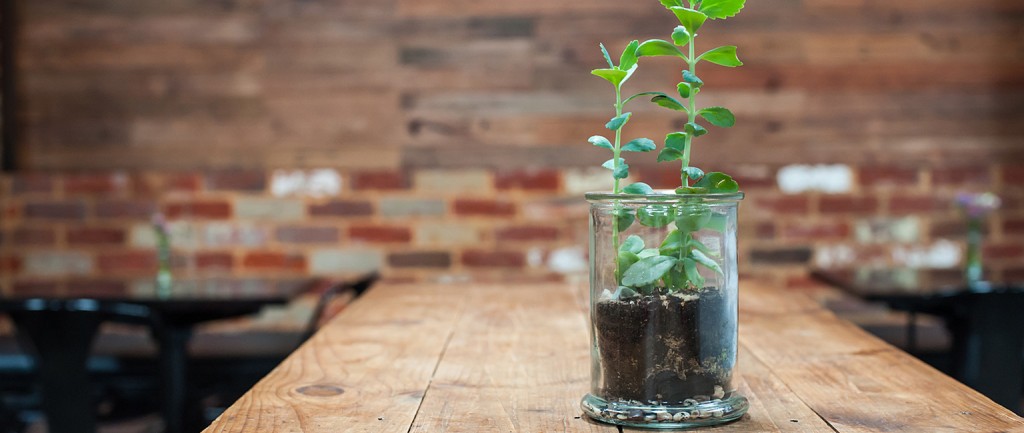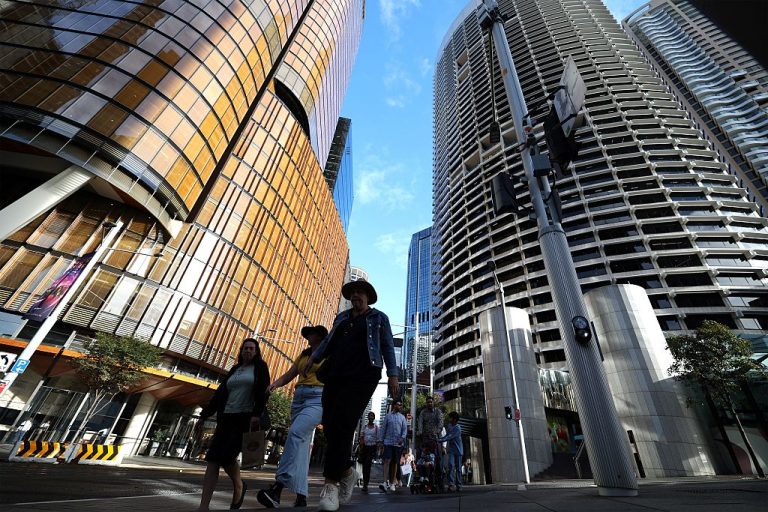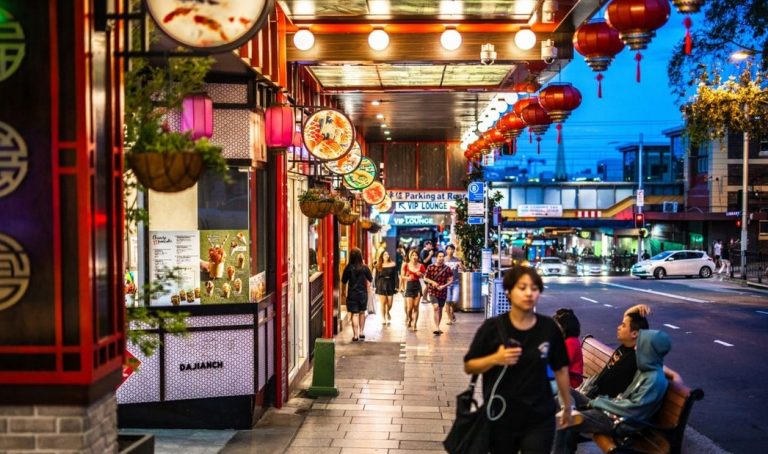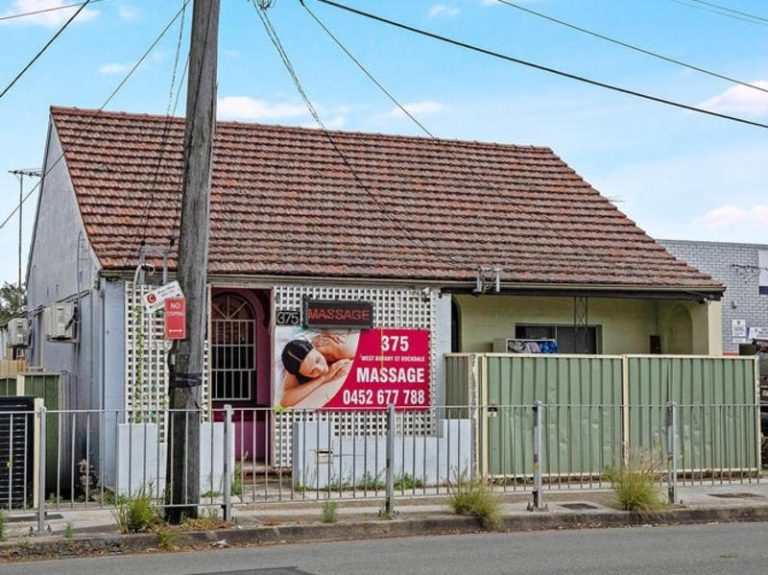It’s good to be green, but is it enough?

Triple glazed windows, solar and wind power generation and water recycling – today’s sustainable office buildings continue to push the limits of technology and design.
But sustainability is moving into a new phase. Rather than being solely defined by their features and environmental innovations, the most successful buildings will be rated for the level of amenity they provide for their occupants. Reducing the carbon footprint is one thing; the new parameter of success is employee wellness.
“Workplace planning has evolved so that it supports all the good outcomes in terms of the environment,” says Claudette Leeming, practice director at Melbourne design firm Carr Design.
“But there’s not only a focus on aspects like air quality or systems that put less pressure on building services, but more on people-focused outcomes.”
Now it’s probably a standard expectation of tenants, and landlords are incorporating the features as a matter of course
Just five years ago, a five-star rating was enough to differentiate a building or development in the market. Leeming says six-star is now being seen as best practice but a new certification that looks at employee wellbeing is also gaining traction.
“Star ratings, whether from the Green Building Council of Australia or NABERS are much more common practice. Five years ago they were something certain landlords incorporated into their buildings and were able to set themselves apart as a result. Now it’s probably a standard expectation of tenants, and landlords are incorporating the features as a matter of course. It makes sense to go down that path, in terms of the ongoing cost of running these buildings, but it isn’t necessarily pioneering any more.”
Moving time: How to review your energy needs
Leeming says the new WELL certification, run out of the International WELL Building Institute in Washington DC, is being looked at closely in Australia. “Already there are buildings accredited under this overseas and more progressive tenants like Macquarie Bank are looking at adopting it as their new standard here,” she says.

Employee wellbeing is now at the heart of progressive office designs
“It works in partnership with other ratings such as green star. An example of that is water; where green star looks at things like water-efficient fittings and fixtures, the WELL rating looks at the purity of the water.
It’s all connected to the premise that a workplace needs to assist employees with healthy outcomes
“But it also brings in other aspects within the workplace. One of these could be nutrition and this is where the landlord comes into the mix – the building needs to provide healthy options for the people working there. The WELL rating will look at whether there are healthy food choices available in a food court that is part of the building or whether the building incorporates areas suitable to physical activity and wellbeing.
“It’s all connected to the premise that a workplace needs to assist employees with healthy outcomes. Basically it’s the next iteration of environmental sustainability – to sustain your workforce.”
There’s a major difference in the way the ratings are carried out. Leeming says the GBCA rating does not need to be re-certified. “But NABERS gets rated every year, requiring compliance to the building code and maintaining the performance of infrastructure, and the WELL rating also must be re-certified every year.”
Better workplaces within reach
While bigger corporates have size and scale on their side and see implementation of these heightened workplace measures as a part of their wider corporate social responsibility plans, Leeming says achieving greater workplace wellness is still within the reach of small to medium-sized enterprises. “They may not go through the full certification process but we’ve found it’s certainly within their brief to design to focus on employee wellness.
“There’s a definite push now in the way we’re designing spaces against sedentary working practices, getting people to move more in the workplace. The increased interest and awareness of sustainable and wellness practices means the knowledge base across all businesses is much more heightened.”
It’s also a good news story for tenants, who are increasingly considering the sustainable impacts of their businesses
The GBCA estimates that the built environment is the largest single contributor to greenhouse gas emissions, is a guzzler of water resources and generates 40 per cent of all waste. In May last year it released the ‘V3’ rating that represents its highest standard. Mirvac is aiming to meet that challenge with a targeted six-star building at 200 George Street in Sydney.

Building are the largest contributors to greenhouse gas emissions
Simon Healy, Mirvac’s general manager of commercial development, says it made sense to target a number of premium sustainable features for 200 George.
“Firstly, we believed it would attract a greater pool of tenants as it would lower their outgoings. It’s also a good news story for tenants, who are increasingly considering the sustainable impacts of their businesses,” Healy says.
People places: Staff-friendly office fit-outs
Due for completion in mid-2016, Healy says there is a need to future proof the building. Mirvac will retain a 50 per cent interest, together with joint-owner AMP Capital. “We had to ensure this building could compete with others coming online, so the most appropriate sustainable features were required. By implementing them now, it would also mean lower operational expenditure by the landlord.”
“The features are two-tiered; one is from an energy perspective and the other from a social sustainable perspective. On the energy side we have worked to incorporate nine ‘innovations’; these are points awarded by GBCA for implementing initiatives that are unique to the building or limited in their use in other buildings. At 200 George they include LED lighting throughout that will yield around a 25 per cent saving in lighting energy consumption, façade air leakage testing and highly intelligent building management system that allows the heating, ventilation and air-conditioning system to be economised in areas of the building where there are no occupants.”
A place for the people
But the social aspects are also important. Mirvac intends to incorporate a small park at the rear of the site, significant public art and interpretation of the site’s archaeology and history. One of the building’s smart systems is a ‘Green Travel Plan’ that will give building occupants access to real-time travel data, allowing them to choose the most appropriate mode of transport.
“This is designed to overcome any perceived barriers to using public transport, walking or cycling, to provide certainty of travel time and ease of use for any journeys that begin or end at 200 George Street,” Healy says. “Occupants will be able to opt in to find the currently available information on timetables, reliability, convenience, cost (including carbon) and comfort.”
There are businesses who prefer to establish themselves out of the CBD and it’s not just about cost; often it’s to target a particular demographic among staff and provide them with the amenities that will attract them
200 George Street is set to showcase more flexible working conditions. These include open-plan rather than cellular offices and voids or penetrations and stairs within the slabs to promote connection between the floors, both in terms of communication, travel paths and line of sight.
Other sustainable features of the building include floor to ceiling glass and outdoor terraces on levels seven and 11, allowing a greater sense of connection to the outdoors for tenants.

The pressure is on businesses to create workspaces that are more inviting
Other six-star buildings such as Dexus’ tower at 1 Bligh Street, Sydney and the ANZ headquarters at Melbourne’s Docklands, developed by Lend Lease, boast a range of sustainable features. The 1 Bligh building claims a number of firsts in sustainable technologies, including black water recycling and recycled rain water, while a distinctive aspect of the ANZ headquarters was its ‘campus design’, where floor plates were configured to promote workplace integration, communication and provide flexibility.
Old can be new again
But creating more sustainable spaces is also not limited to new buildings. Carr Design recently worked on an upgrade of an Australia Post building that was originally built in 1992. “We brought it up to contemporary standards and it won a Property Council award for sustainability,” Leeming says.
The notion that sustainable buildings are the most expensive doesn’t necessarily hold water, Leeming says. “To achieve a five-star rating, which is still very good, it wouldn’t necessarily be more expensive, particularly if the objectives are set and part of the brief from the outset. There’s probably a premium attached to, say, an older building if you’re trying to achieve a six-star result.
“There’s no doubt that when sustainability measures were first introduced, many of them were a bit clunky but greater intelligence has been built into building services. Large commercial buildings need mechanical systems to heat them and cool them. Buildings with older systems have found it hard to upgrade to achieve the outcomes tenants are looking for.”
An issue of cost
But there is still some resistance towards sustainable fit-out beyond the central business districts of Australia’s major cities.
Jones Lang LaSalle director of office leasing in Melbourne, Michael Simmonds, says while developers are targeting green credentials so their buildings don’t become functionally obsolete, price is still a dampener on sustainable ambitions in the suburbs.

Cost is still a major factor for businesses outside of the CBD
“There’s no doubt tenants are seeing value in whether a building has a one-star versus a four-star rating because they know the ongoing operational costs are cheaper but the suburban market is much more price sensitive,” he says. “We’re really talking about single-digit premiums here – anywhere between five and 10% on gross overall occupancy cost. Yes, greener buildings run at a slightly lower cost but you don’t really see the major differences in the suburbs.
Simmonds says there are other factors at play in the suburbs, particularly in certain types of businesses. “There are businesses who prefer to establish themselves out of the CBD and it’s not just about cost; often it’s to target a particular demographic among staff and provide them with the amenities that will attract them.”
But Leeming says the firm is being asked to consult on more suburban developments. “We’re working on a development with Salta now at the Nexus Business Park in Mt Waverley and they’re committed to achieving the appropriate environmental ratings. But there are smaller owners and less developments in the suburban space; it’s quite possible that tenants are not demanding it as well.”
Creating workplaces that are financially sustainable as well as environmental is becoming a blanket norm
Schiavello director Anton Schiavello agrees. “There’s always a sensitivity around cost, mainly because you need to be sustainable from a financial point of view in your business.
“We work with clients to ensure they’re happy with the best possible choices that they’re able to afford, but the approach to sustainability depends on the client. Developers will drive whatever is best for the sale of their building. For us, creating workplaces that are financially sustainable as well as environmental is becoming a blanket norm.”
Leeming says while the bottom line for some businesses may still be financial, in design terms it’s purely about the occupant and it’s a currency many businesses are very willing to adopt.
“I was at a conference recently where a woman, whose job title is to improve the ‘vibe’ in the workplace, spoke about the focus on the occupant. Her premise is that it doesn’t matter how great the space looks, or how amazing the finishes are if you walk into an environment that is not welcoming, is full of stress or doesn’t reflect the culture of the organisation. The sustainability side of things is now a standard layer. Now the differentiator is how all the aspects work together to create a great experience for everyone using commercial buildings.”







